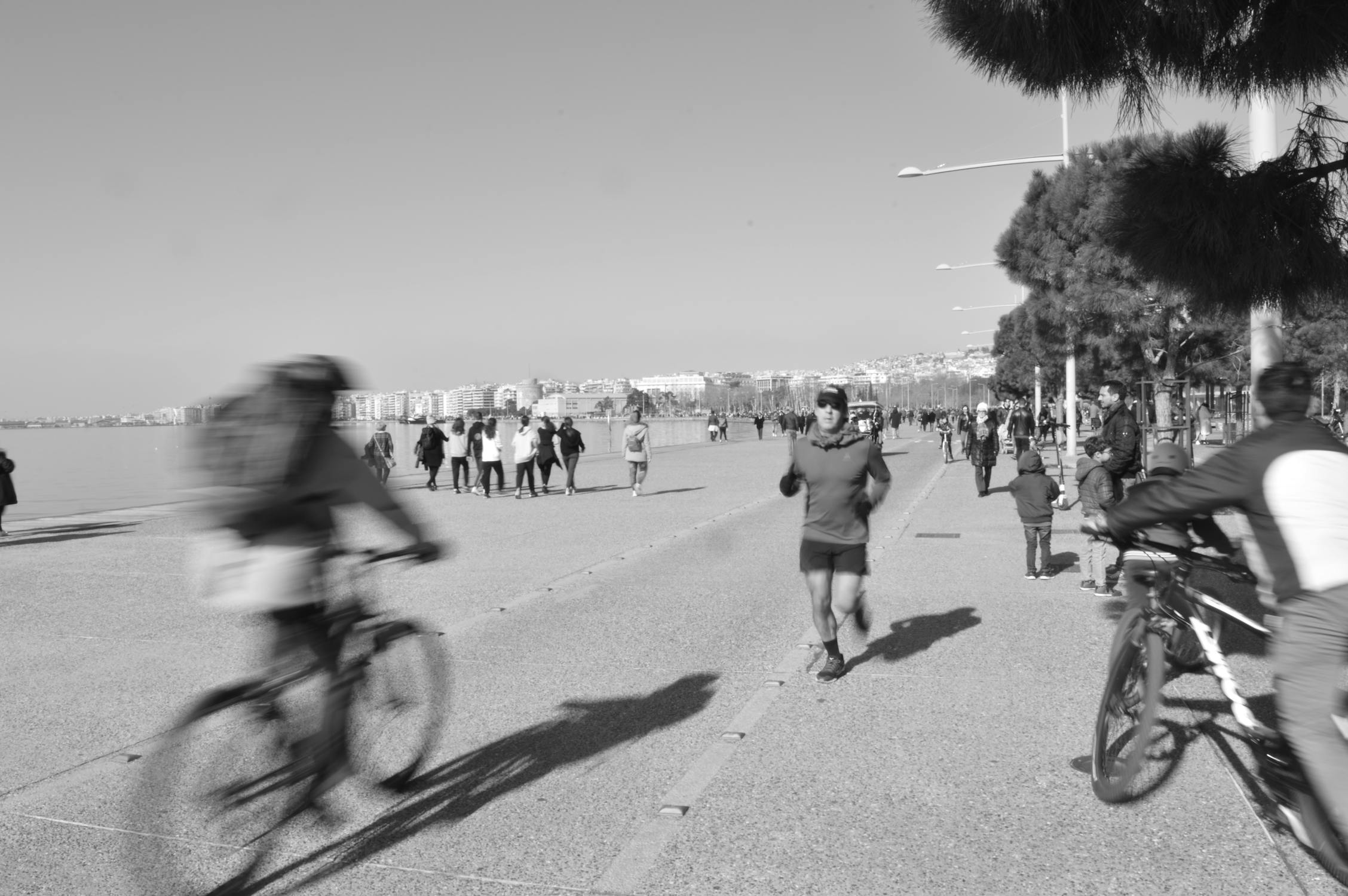What’s better for your health and fitness? Cycling or walking?

When it comes to improving health and fitness, both cycling and walking offer a variety of benefits. However, the choice between the two often depends on your personal preferences, fitness goals, and current lifestyle. Here's a guide to help you compare the two and decide which might be better suited for your needs.
Equipment required
Walking requires absolutely no equipment. All you need is yourself and a pair of comfortable walking shoes. If you walk outdoors in nature, you don’t need any technology if you wish to disengage from the world temporarily. However, you can choose to walk on a treadmill if you wish to reach your daily step count indoors.
Cardiovascular benefits
Both cycling and walking are excellent forms of cardiovascular exercises that can improve your cardiorespiratory fitness and lower your risk of heart disease. In terms of their benefits for the cardiovascular system, they can both be just as effective as one another and you can vary the intensity easily with both walking or cycling.
Calories burned
Cycling generally burns more calories than walking over the same length of time, especially at higher intensities. If weight loss is your primary goal, the former may be a better choice. However, that being said, walking is still an effective weight loss method compared to doing no physical activity at all.
Impact on the joints
Walking is a weight-bearing exercise, which can be beneficial for strengthening the bones and joints. However, it exerts more force through the joints than a non-weight-bearing form of exercise like cycling. If you have a joint-related health issue like arthritis, cycling will be a better choice due to being low impact on the joints.
Muscle engagement
Both cycling and walking engage a range of muscle groups throughout the whole body. Walking activates muscles in the lower body but less so those in the upper body, whereas cycling may work both the upper and lower body, depending on your chosen cycling style.